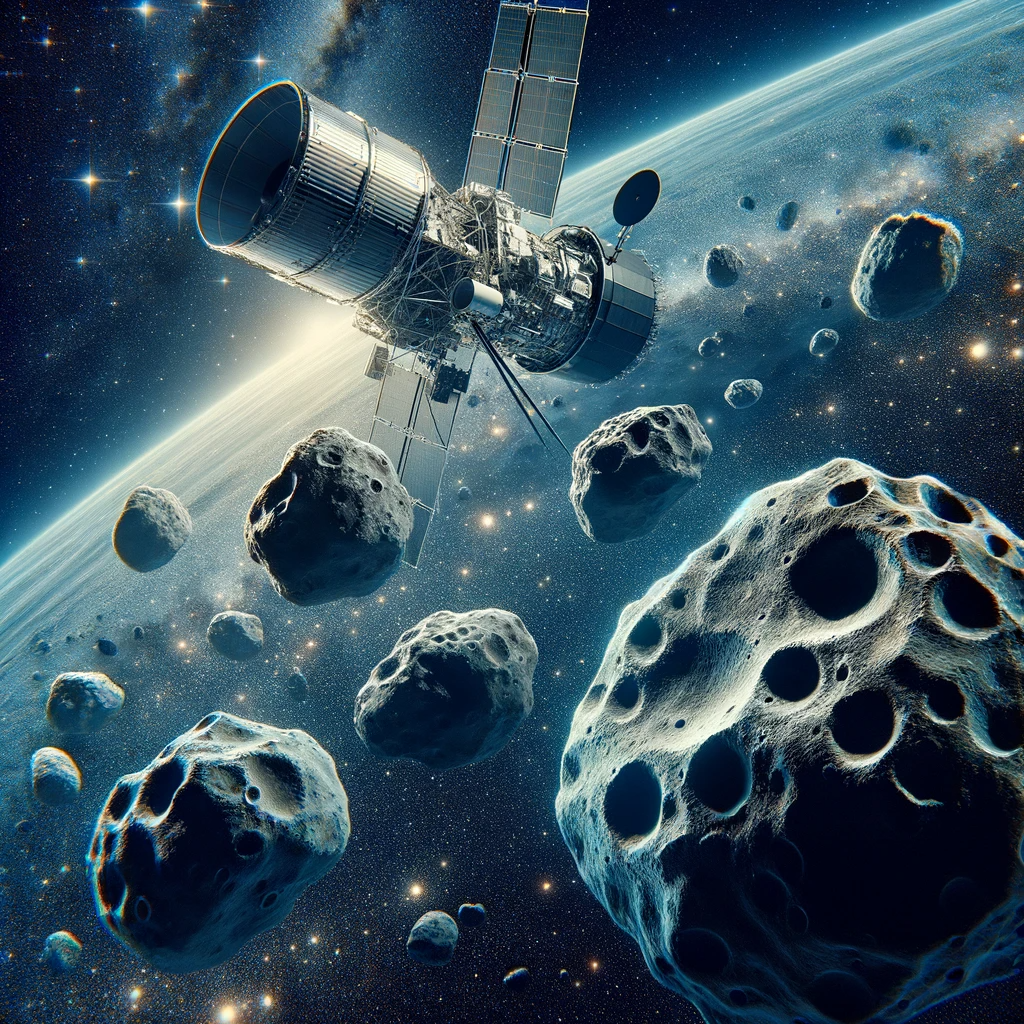Hubble Asteroid Hunter III. Physical properties of newly found asteroids - SSW
ABSTRACTS OF ORAL PRESENTATIONS
- Removed a total of (1) style text-align:center;
Determining the size distribution of asteroids is key for understanding the collisional history and evolution of the inner Solar System - PABLO GARCÍA MARTÍNAims. We aim at improving our knowledge on the size distribution of small asteroids in the Main Belt by determining the parallaxes of newly detected asteroids in the Hubble Space Telescope (HST) Archive and hence their absolute magnitudes and sizes. Results. In this work we analyse a set of 632 serendipitously imaged asteroids found in the ESA HST Archive. These objects were obtained from instruments ACS/WFC and WFC3/UVIS. An object-detection machine learning algorithm (trained with the results of a citizen science project) was used to perform this task during previous work. Our raw data consists of 1,031 asteroid trails from unknown objects, not matching any entries in the Minor Planet Center (MPC) database using their coordinates and imaging time. We also found 670 trails from known objects (objects featuring matching entries in the MPC). After an accuracy assessment and filtering process, our analysed HST asteroid set consists of 454 unknown objects and 178 known objects. We obtain a sample dominated by potential Main Belt objects featuring absolute magnitudes (H) mostly between 15 and 22 mag. The absolute magnitude cumulative distribution logN(H > H0) ∝ α log(H0) confirms the previously reported slope change for 15 < H < 18, from α ≈ 0.56 to α ≈ 0.26, maintained in our case down to absolute magnitudes around H ≈ 20, hence expanding the previous result by approximately two magnitudes. Conclusions. HST archival observations can be used as an asteroid survey since the telescope pointings are statistically ran- domly oriented in the sky and they cover long periods of time. They allow to expand the current best samples of astronomical objects at no extra cost on telescope time. Article: https://arxiv.org/abs/2401.02605 |
Presentation PDF

- Removed a total of (1) style text-align:center;
- Removed a total of (5) style text-align:justify;
- Removed a total of (1) style margin:0;
- Removed a total of (1) align=center.
- Removed a total of (1) border attribute.
- Removed a total of (1) cellpadding attribute.
- Removed a total of (1) cellspacing attribute.








































 Sign in
Sign in
 Science & Technology
Science & Technology